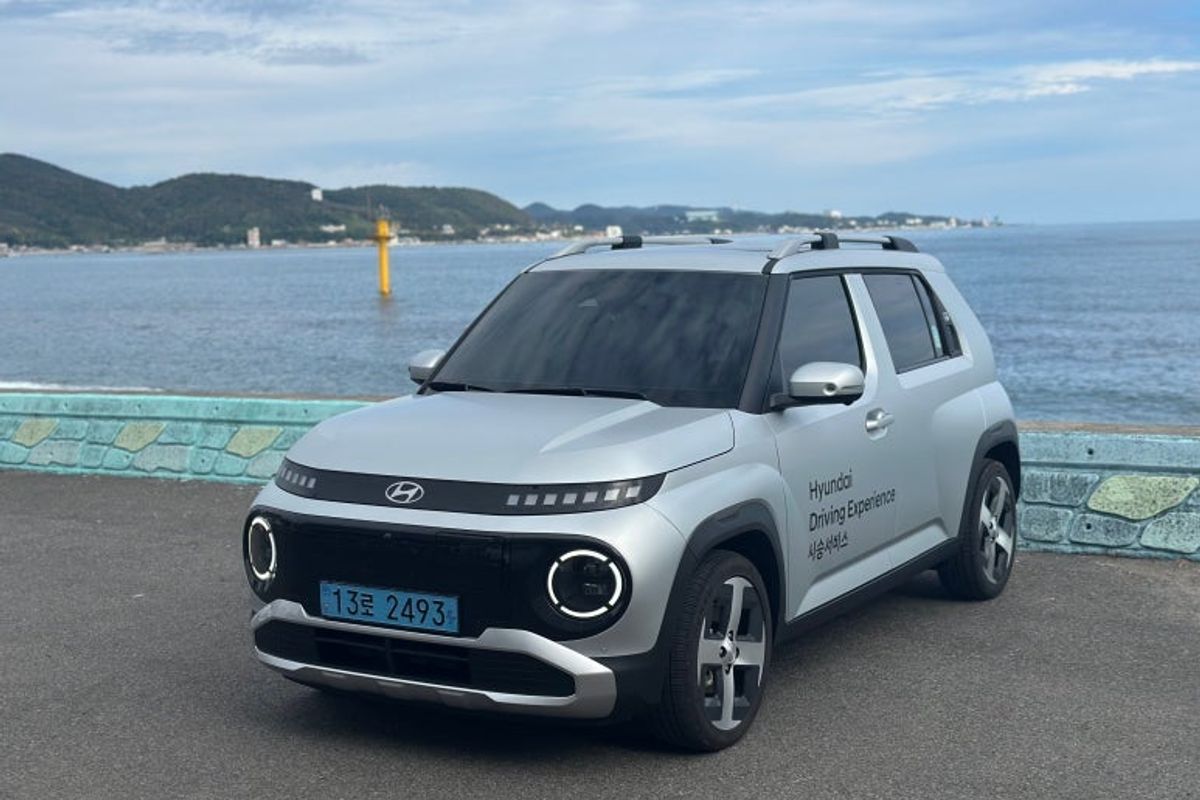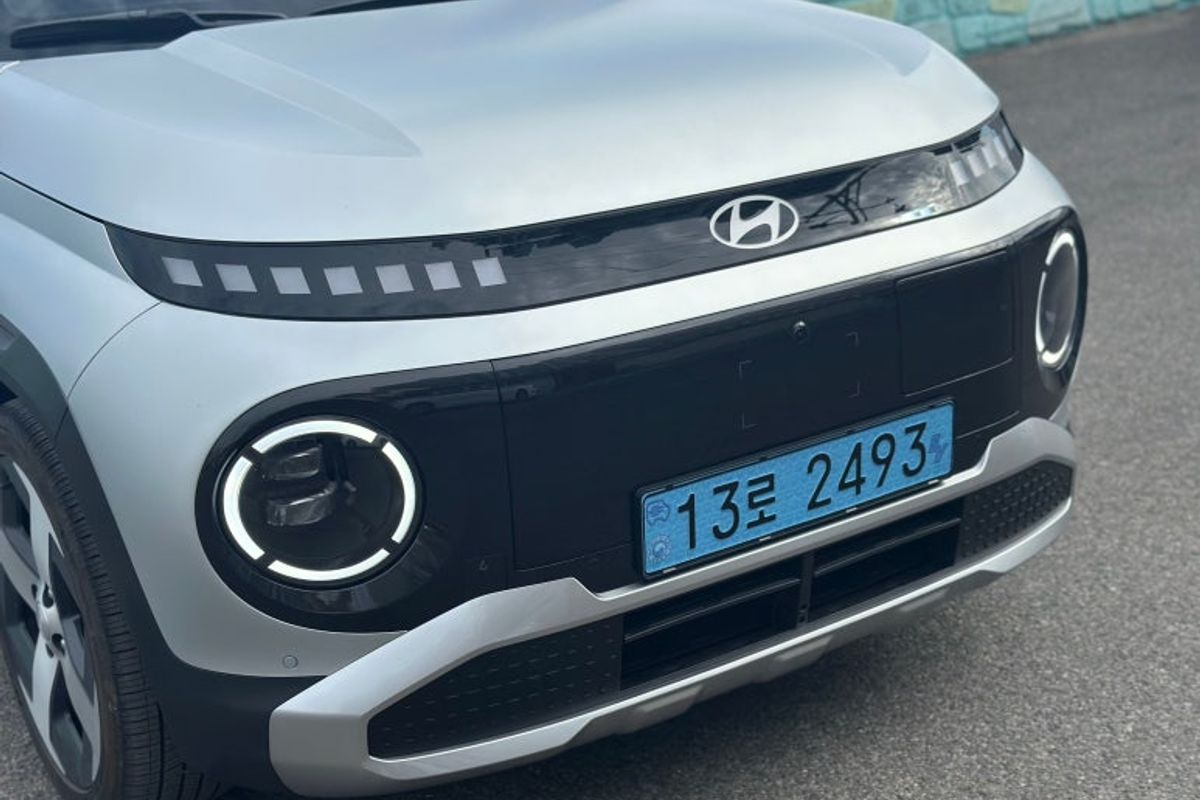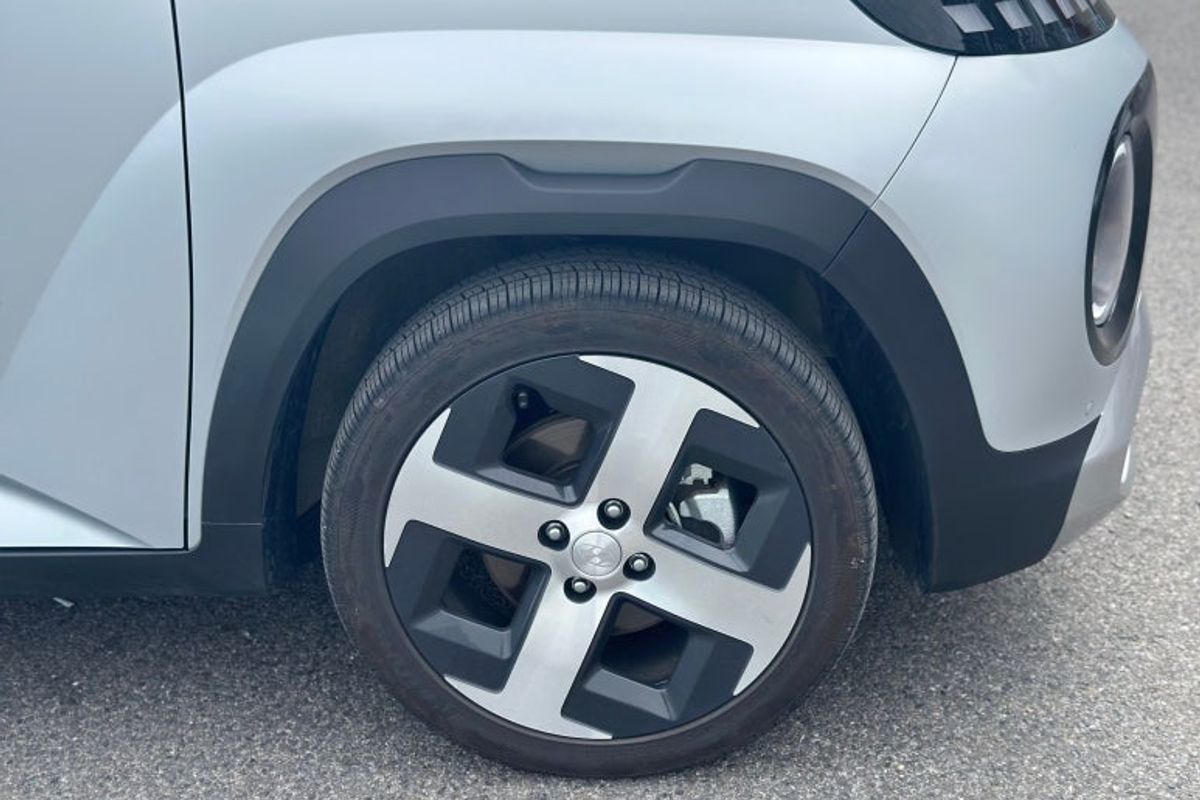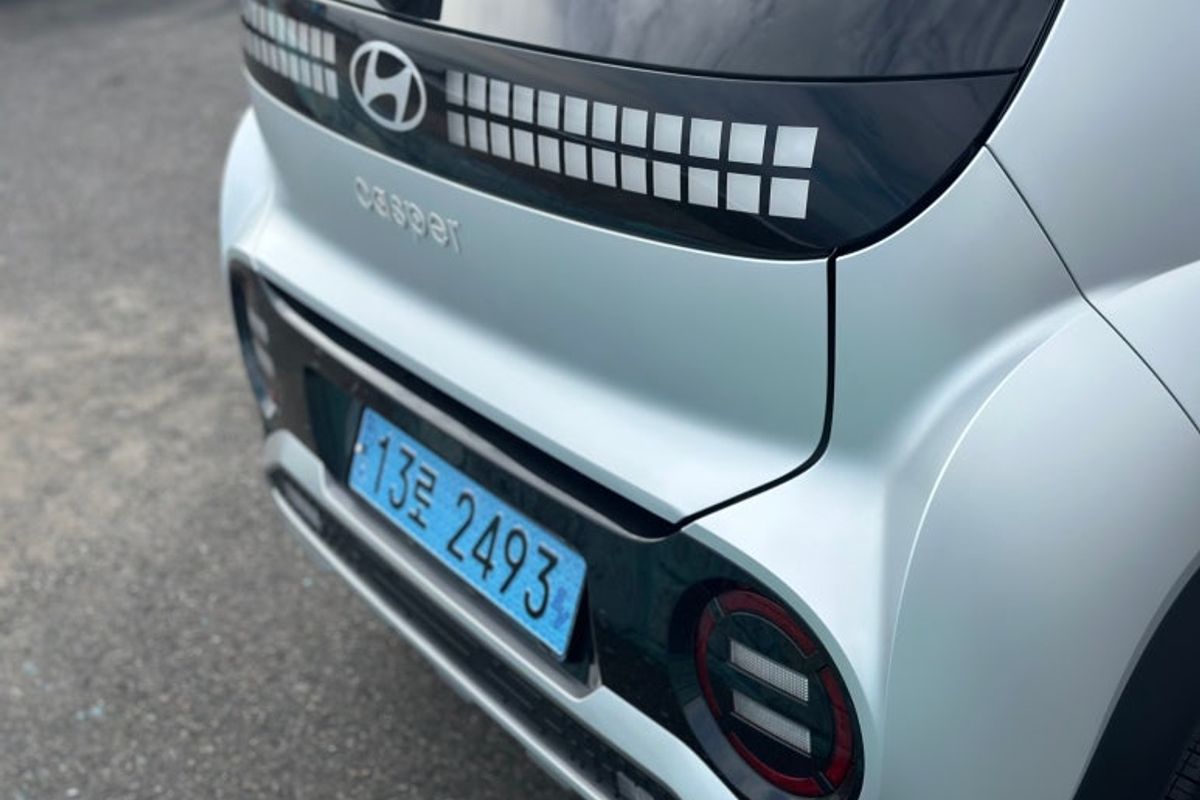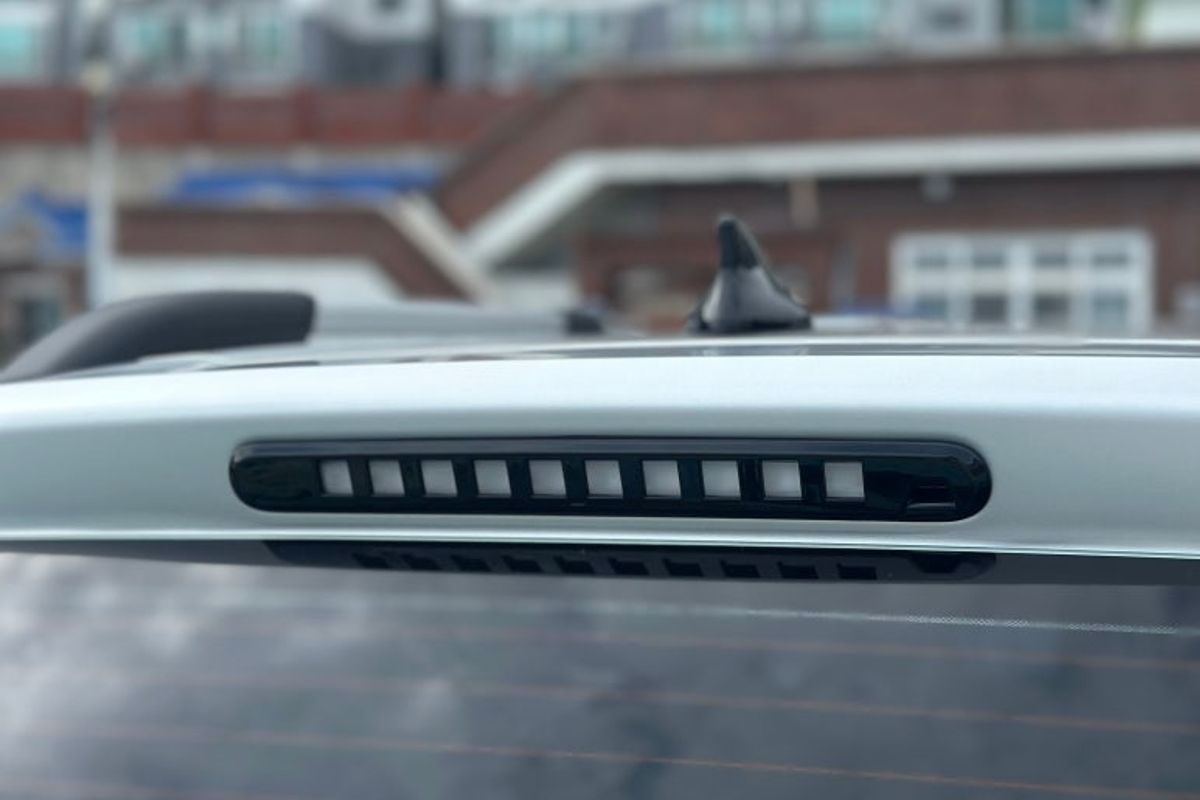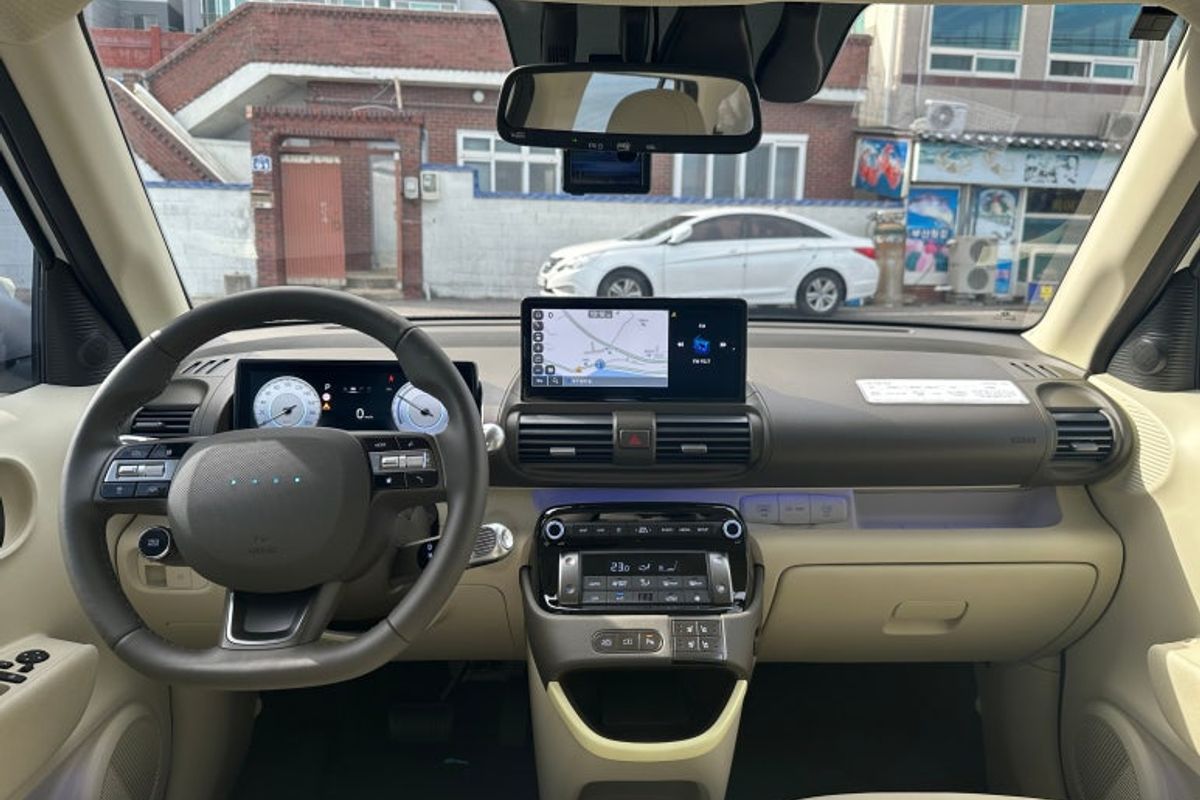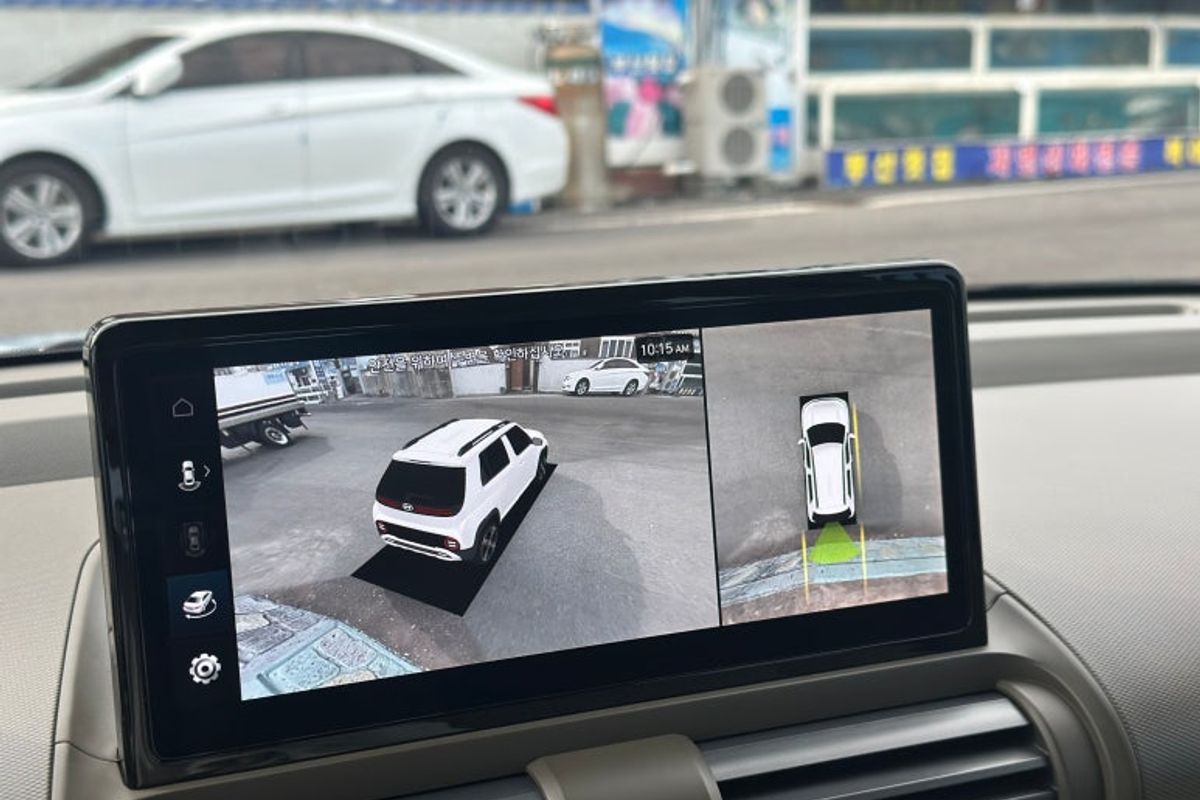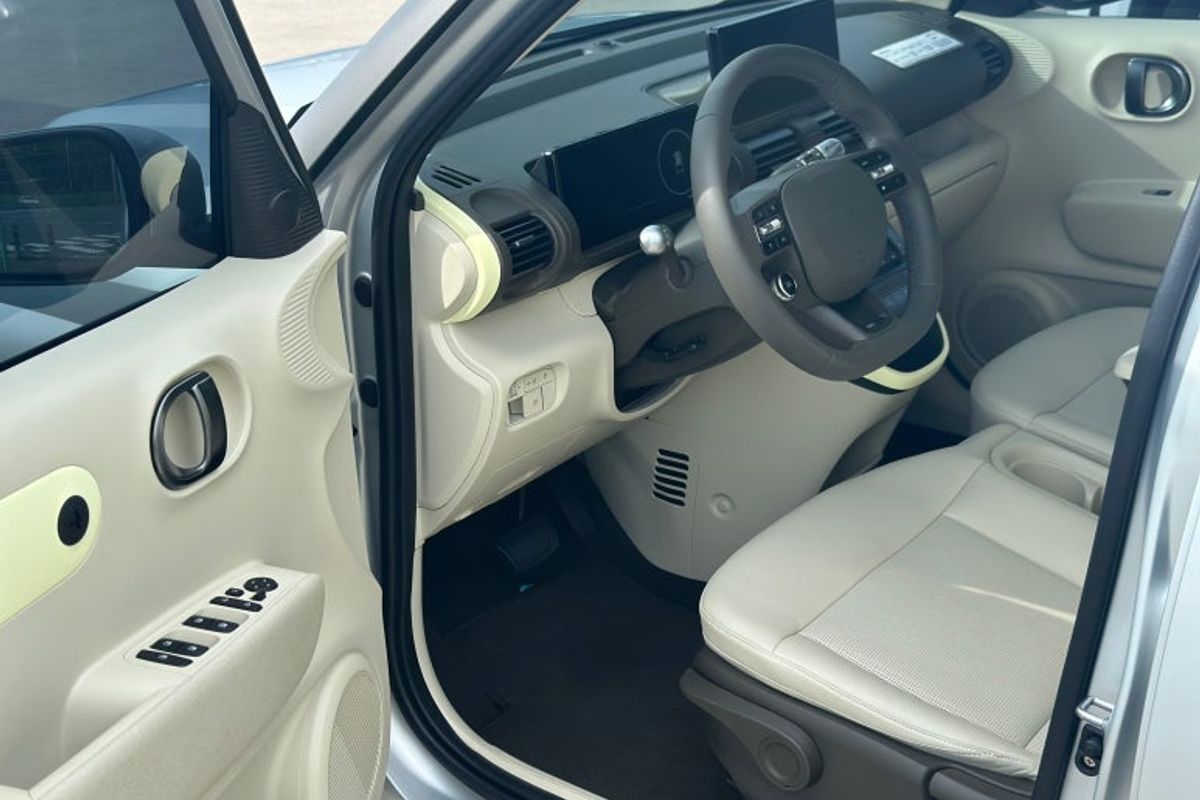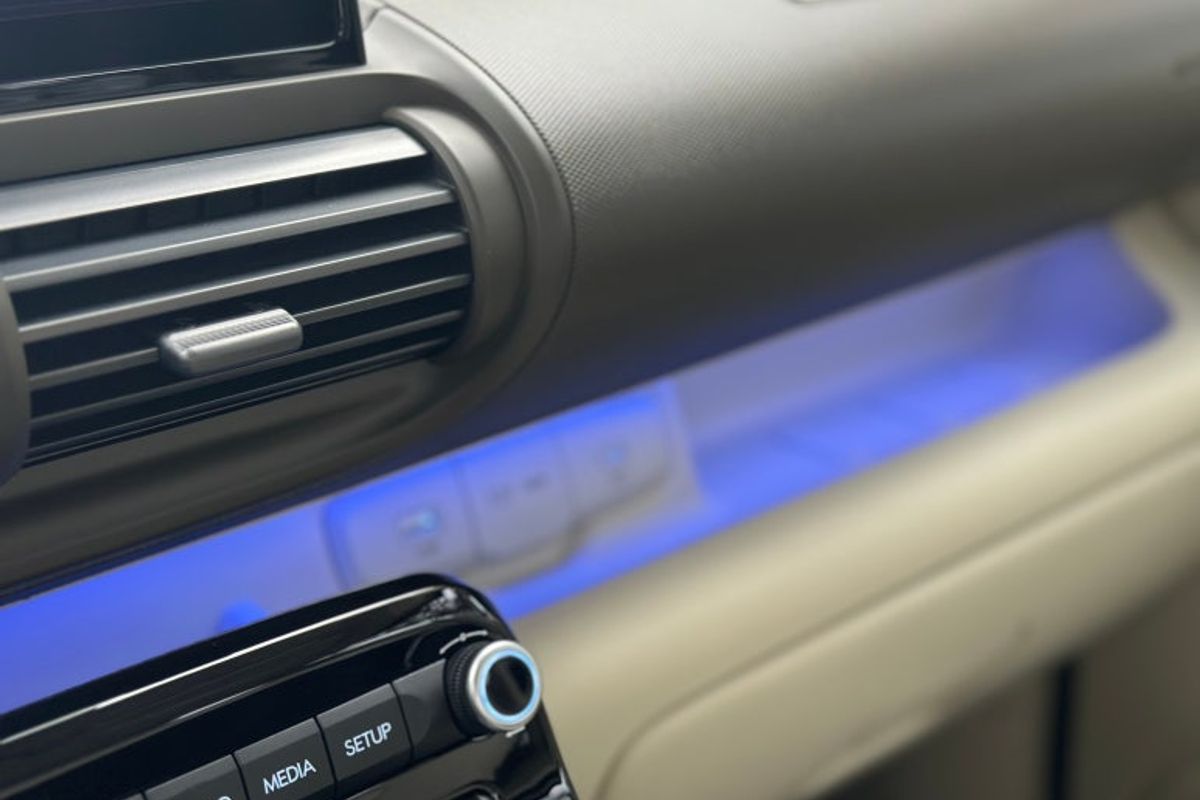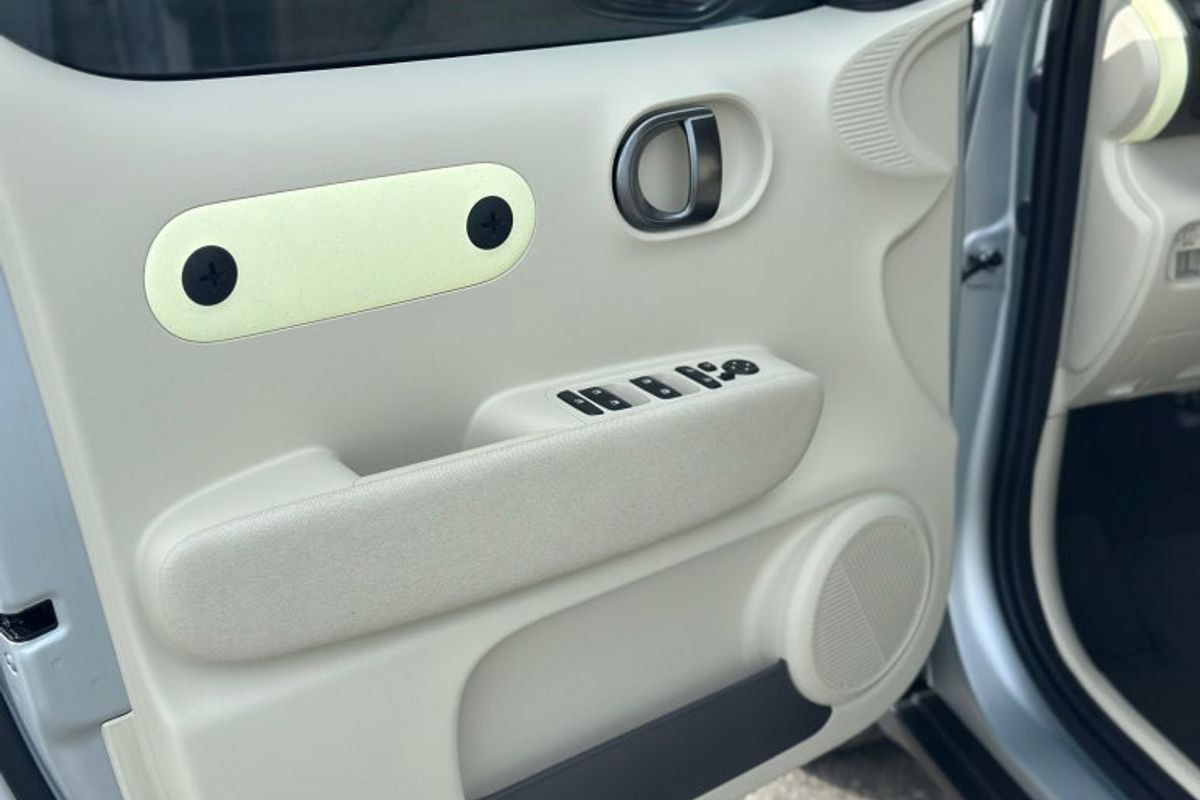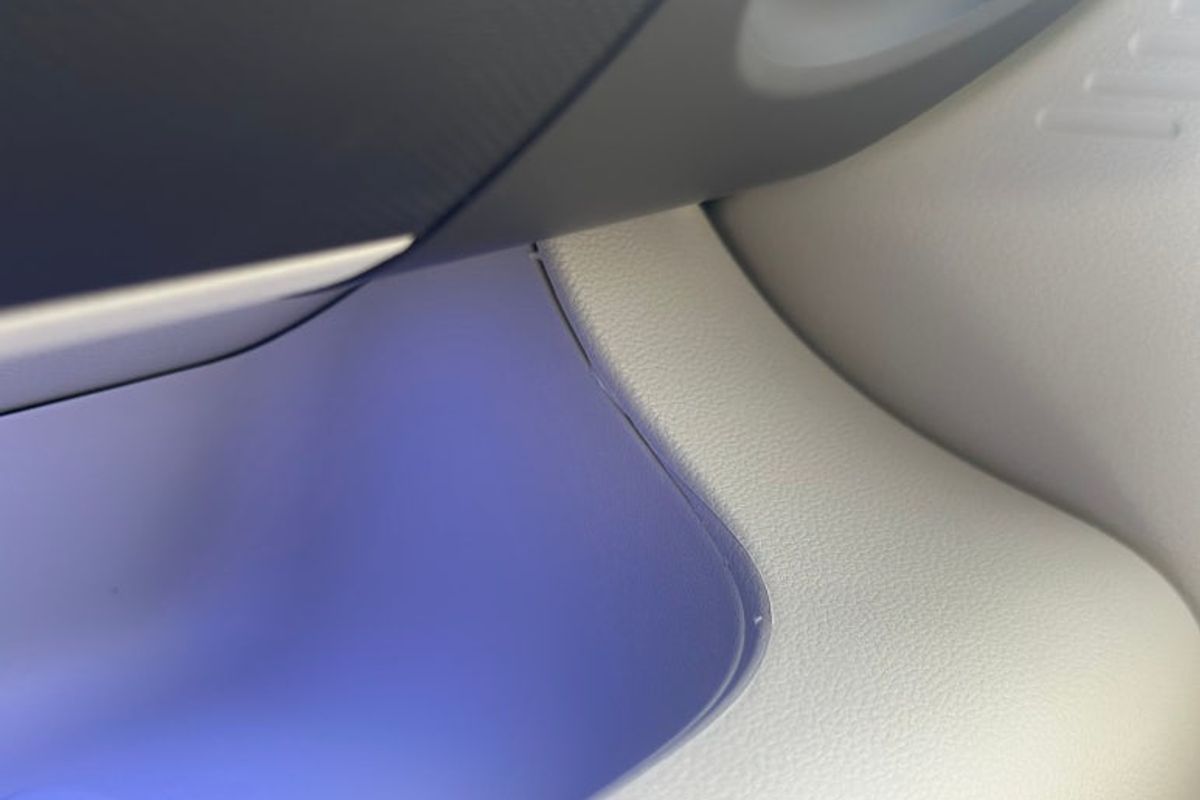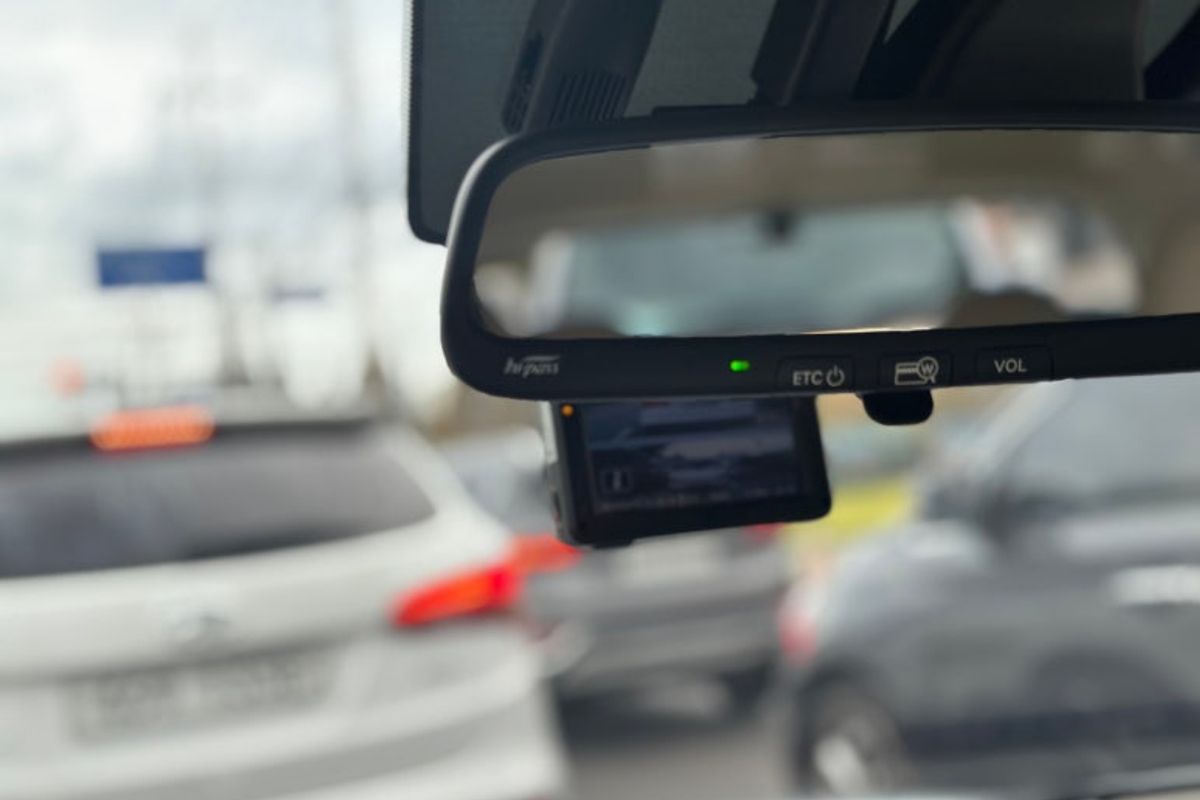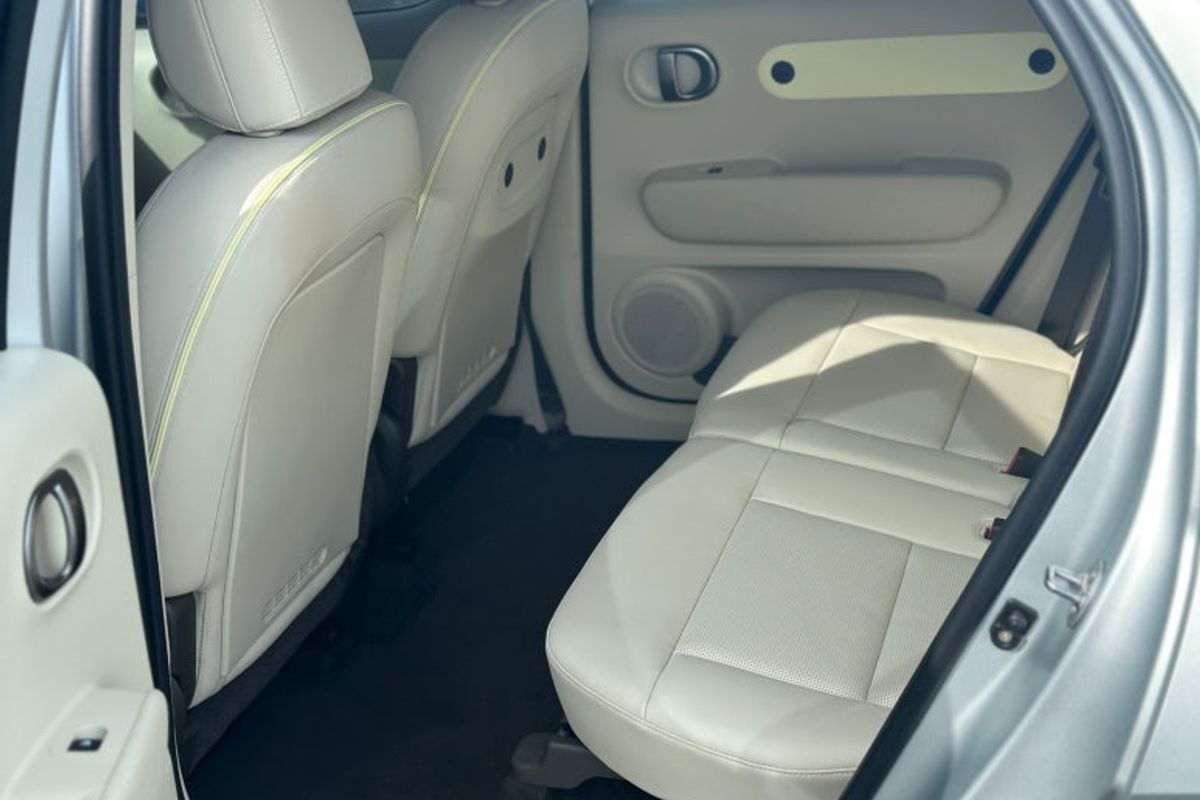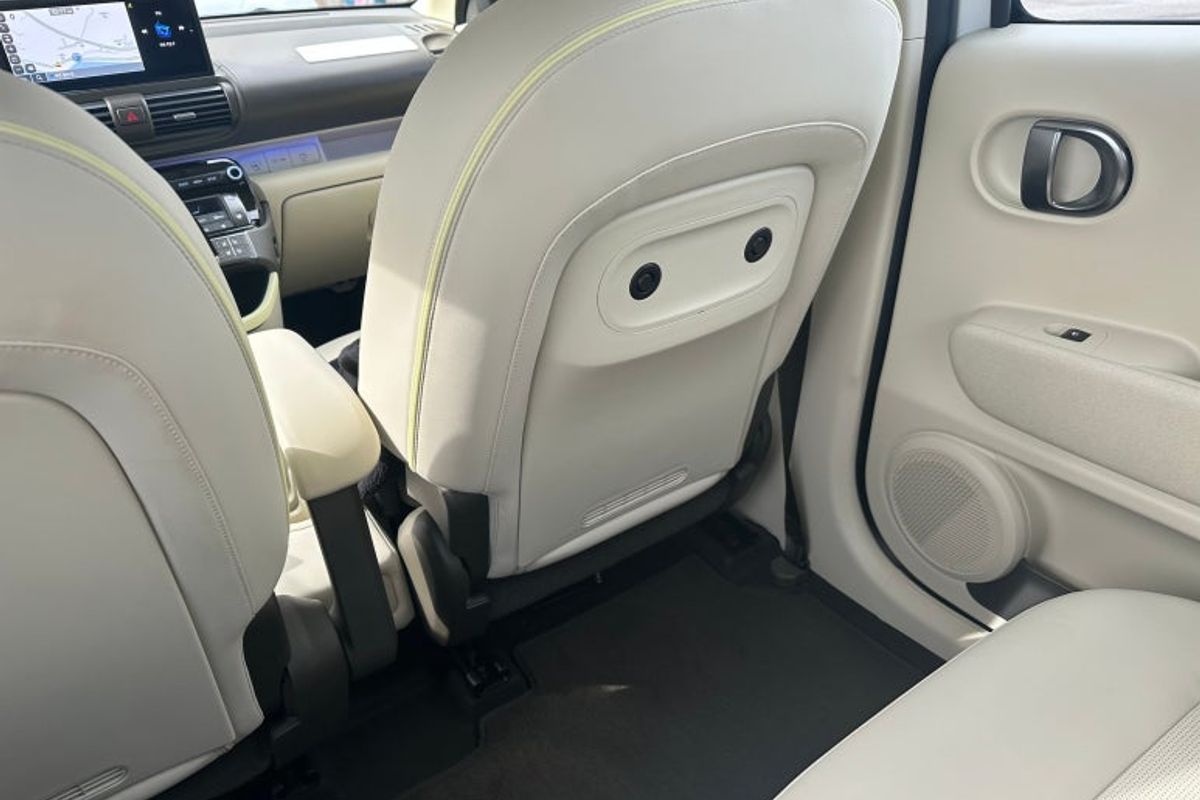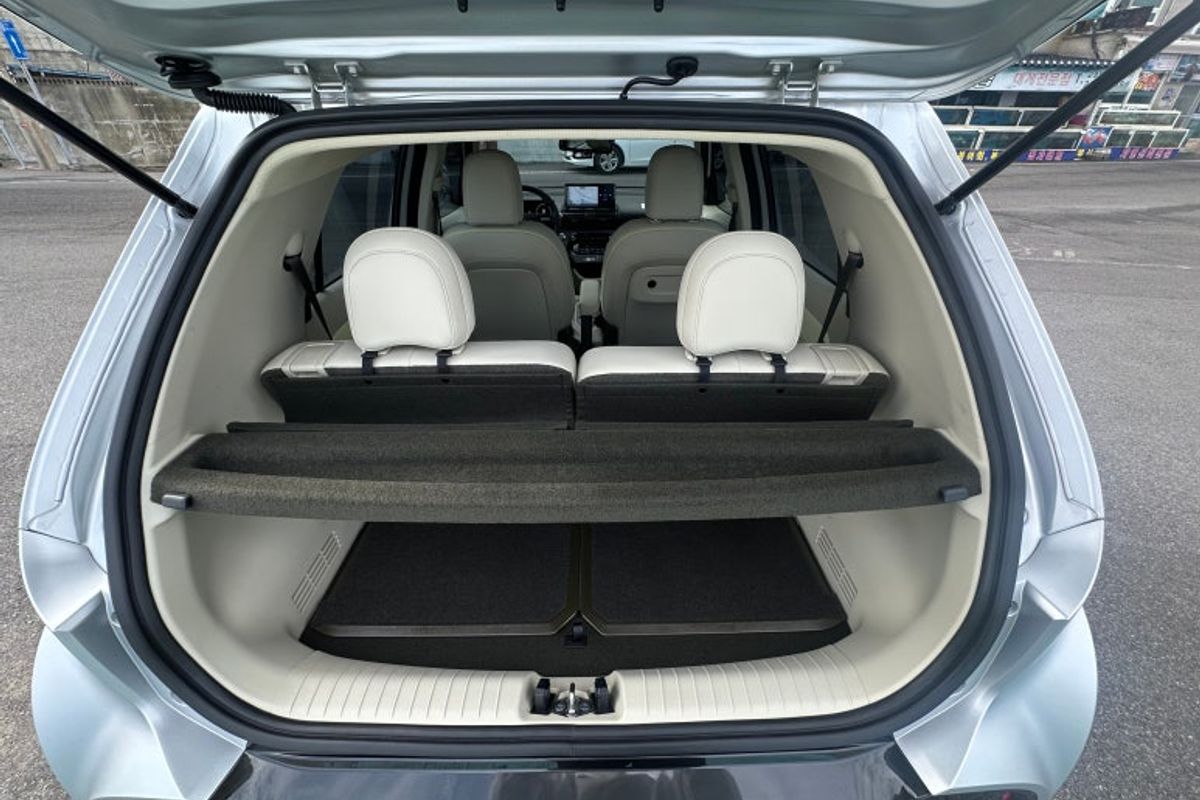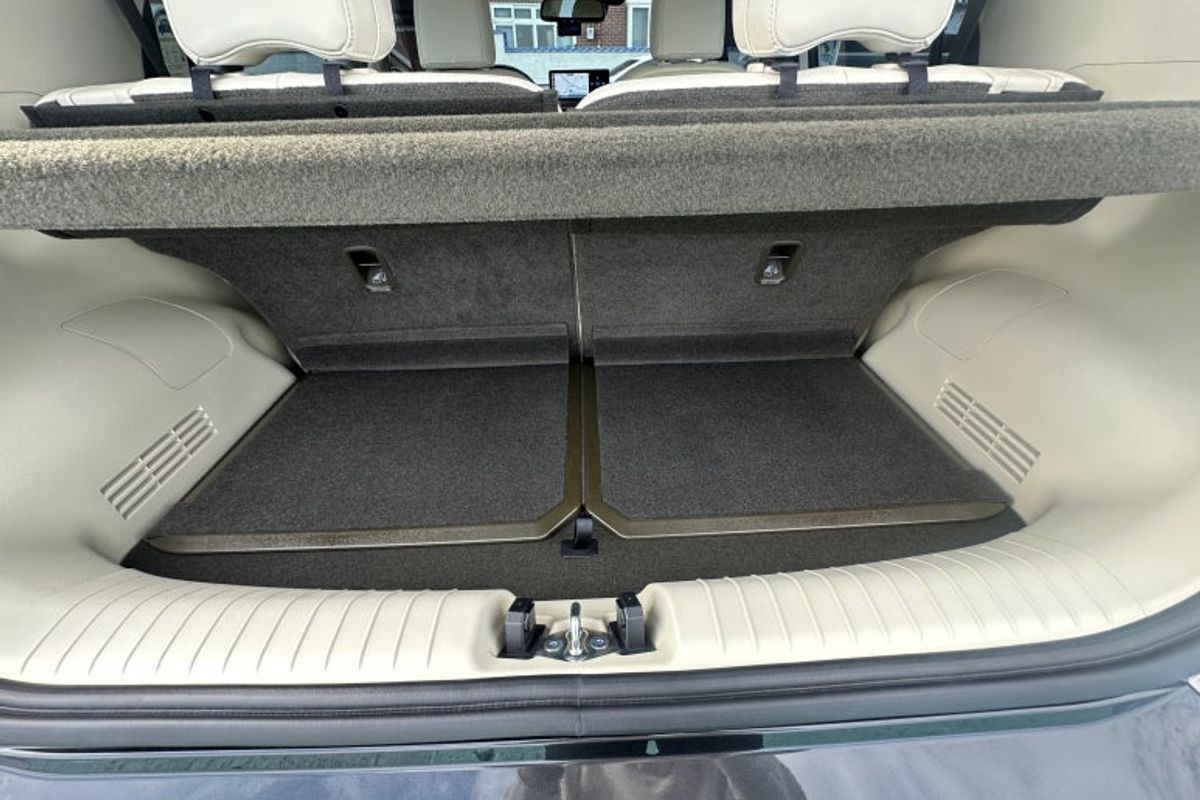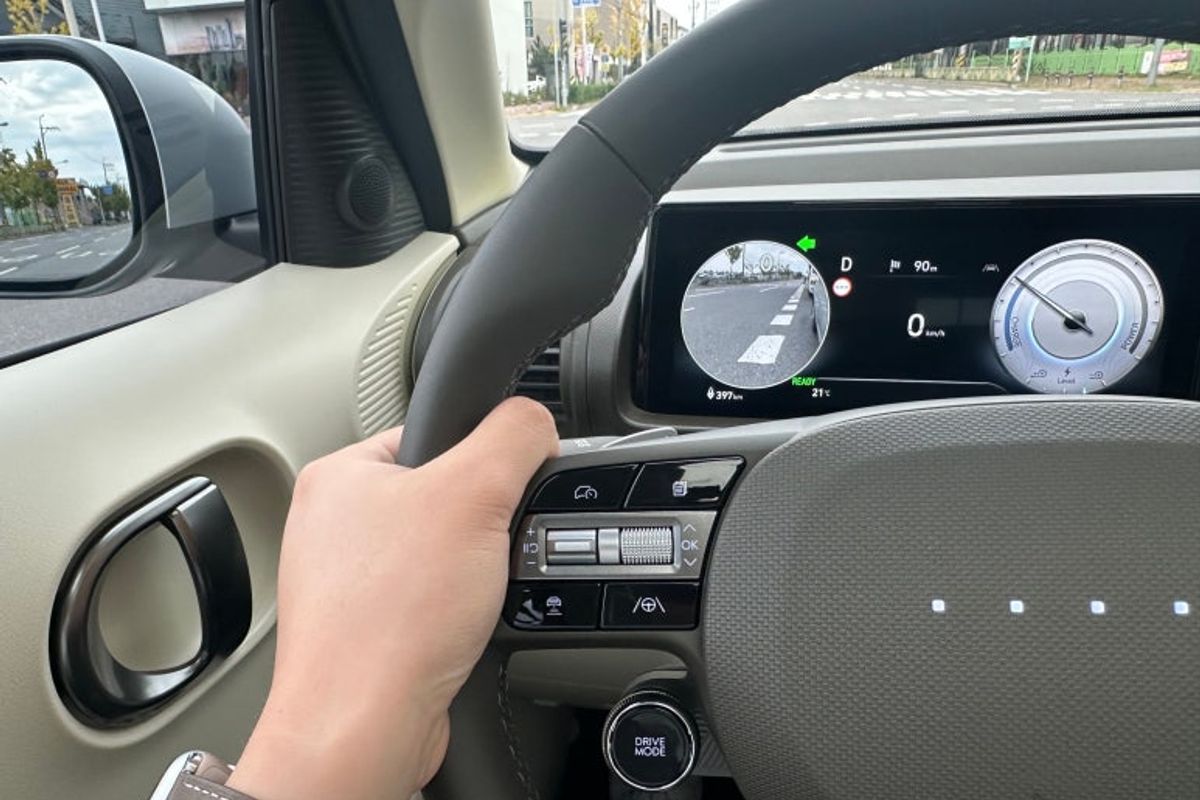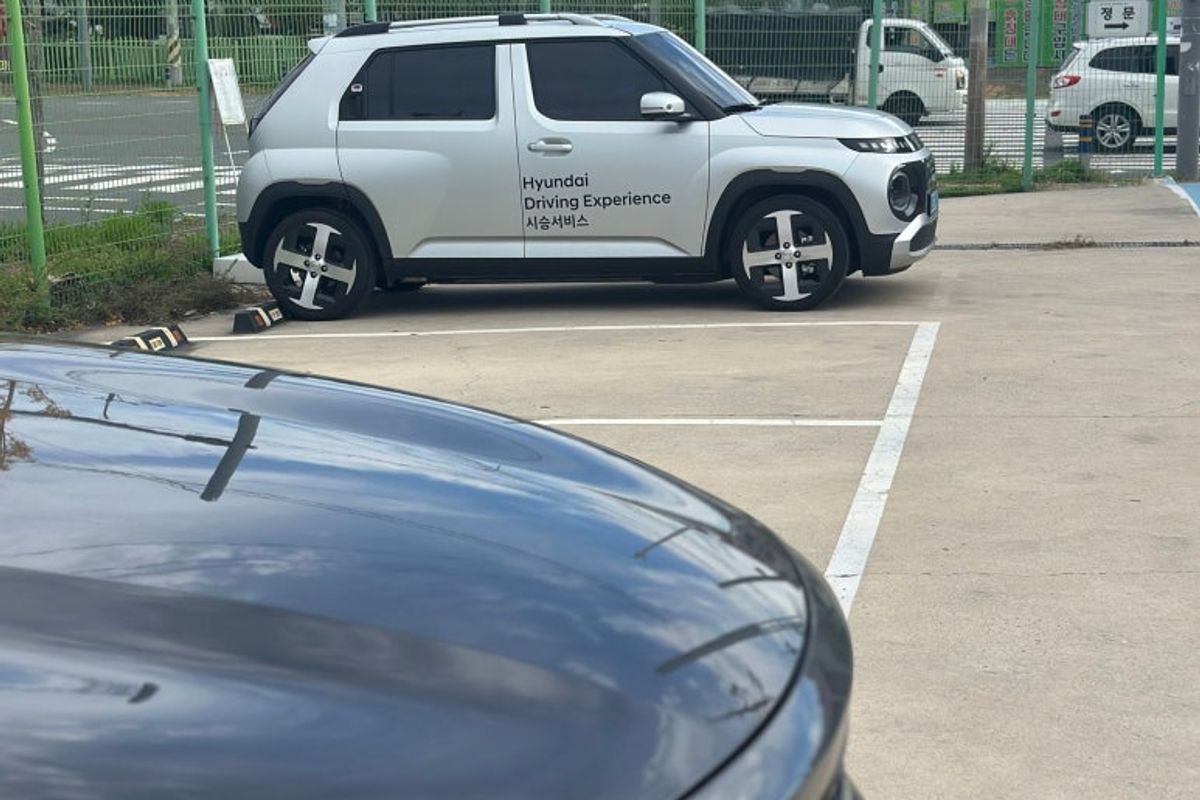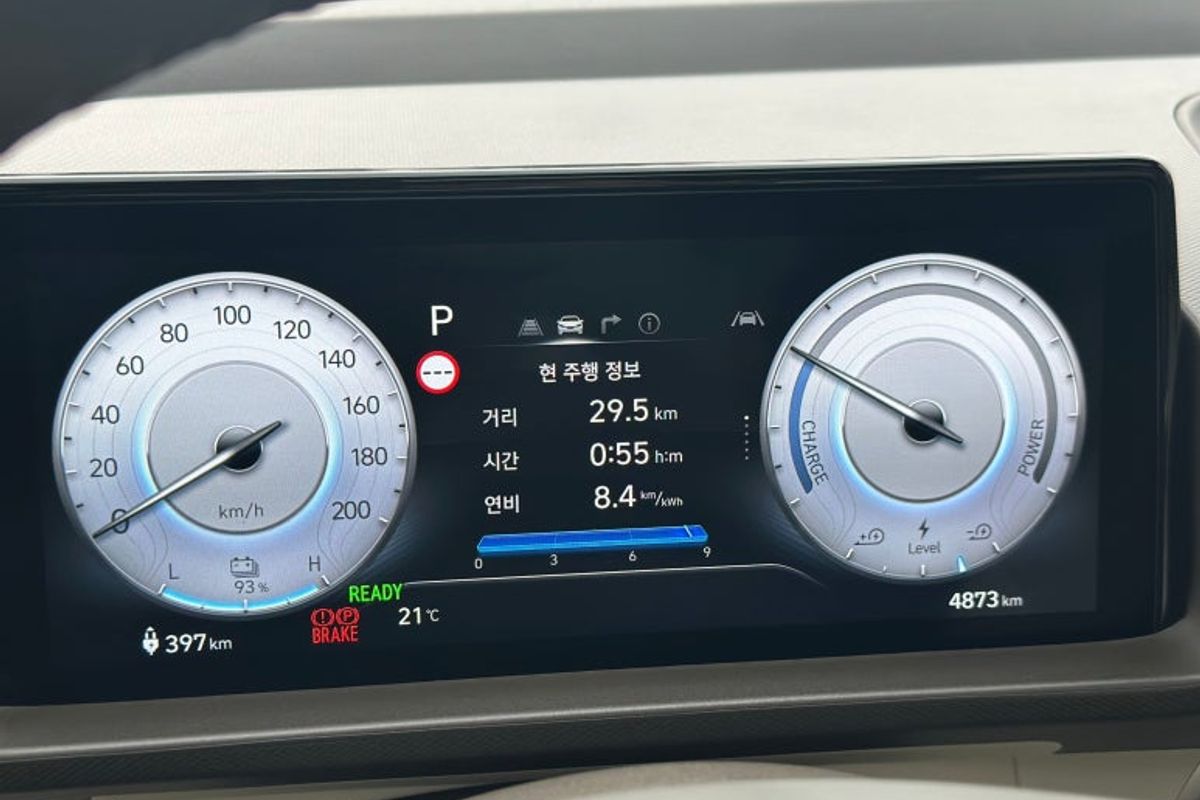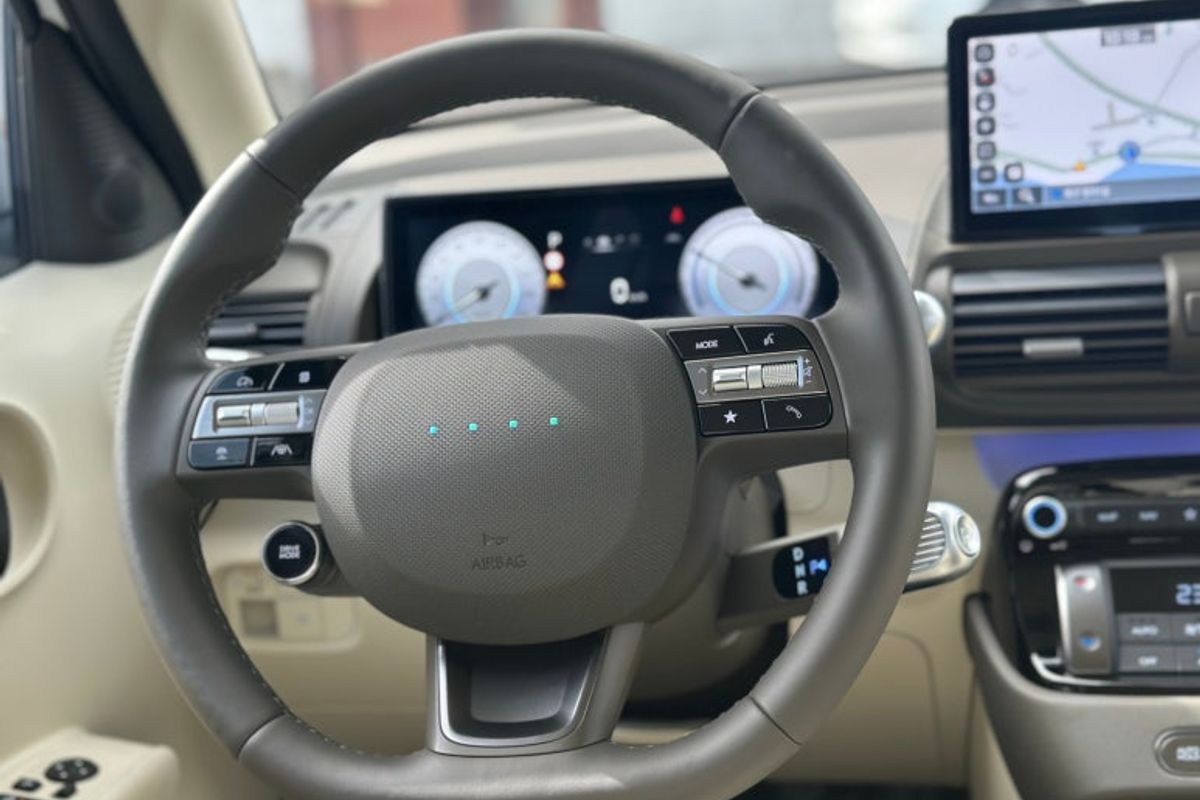Amid a slowdown in the electric vehicle market, one model is garnering significant attention: the Hyundai Casper Electric!
The Casper Electric made its debut at the 2024 Busan Mobility Show, and depending on regional subsidies, it can be purchased for just over 20 million won (approximately $15,000 USD), making it a cost-effective electric vehicle option.
With a single charge, it can travel about 300 kilometers (approximately 186 miles). While it may not be ideal for long-distance trips, it seems suitable for daily commuting and city driving. For this reason, I find myself wanting to buy another vehicle while keeping my current internal combustion engine car. :)
The Casper Electric
Test Drive Vehicle Information
Grade: Casper Electric Inspiration
Selected Options: Interior Color Package (Neutro Beige), Convenience Plus, Comfort, Exterior Design (17-inch), Hi-pass, Parking Assist, Sunroof, Hyundai Smart Sense1
Exterior Color: Aero Silver Matte
Interior Color: Beige/Kaki Brown Two-tone
Sales Price: 36,590,000 won (approximately $27,000 USD) before subsidies
The test vehicle for the Casper Electric was the top-tier Inspiration model with all selected options applied.
The exterior features the Aero Silver Matte, which emphasizes the curves and adds a striking visual effect. However, I might hesitate to choose it for my own car.
Due to its matte finish, it can easily show scratches and water spots, so it's wise to consider carefully before making this choice.
The Casper Electric boasts a distinctive design compared to internal combustion engine vehicles. Personally, I find the design of the electric model more appealing.
The cyborg-like lamp design aligns well with the naming of the Casper electric vehicle! I’ve even seen instances where owners of internal combustion engine models have swapped in parts from the Casper Electric.
The Casper Electric has a longer overall length and wheelbase compared to the internal combustion engine model to accommodate the battery space. This design not only provides a stable appearance but also enhances the interior space.
However, it is no longer classified as a compact car, which means it cannot benefit from both electric vehicle and compact car incentives, but this is not considered a major drawback.
Oh, not being able to park in compact car spaces could be a disadvantage.
The Casper Electric comes with either 15-inch or 17-inch wheels, with the test vehicle featuring 17-inch wheels.
Larger wheels definitely look more attractive, especially the 17-inch wheels, which feature a front processing design that makes them appear even bigger.
However, larger wheels can negatively impact shock absorption from road surfaces, so some may prefer the 15-inch option. The test vehicle had Nexen Tire's N-Freeze S model tires, which are likely designed specifically for electric vehicles.
The rear design may not look significantly different from the regular Casper, but the cybernetic lamp design stands out prominently.
The clear type rear lamps of the Casper Electric blend beautifully with the Aero Silver Matte finish.
The interior resembles the internal combustion engine model but offers enhanced convenience features that are on par with modern vehicles.
The Casper Electric features a digital instrument panel and a 10.25-inch central display.
While it may lack the panoramic display or 12.3-inch screen found in newer Hyundai and Kia models, it still offers good value for its price.
Additionally, if you add options, you can include an around-view parking assist system, which is a fantastic feature.
The bright beige interior, accented with brown tones, creates a visually spacious and cheerful atmosphere.
The Casper Electric also includes ambient lighting, which enhances the luxurious feel of the interior.
Of course, given its class, the materials are primarily plastic rather than leather or urethane, and there are noticeable quality shortcomings.
Particularly, the plastic injection molding that appears dirty, as seen in the second photo, is quite disappointing.
The high-pass room mirror could have looked cleaner if it had been integrated into the overhead console like higher-end models, so using an older system is somewhat disappointing.
I believe the Casper Electric aims to prioritize functionality over luxury, focusing on keeping costs low.
One of the aspects I liked about the Casper Electric is the spacious second-row seating. Compared to the internal combustion engine Casper, the rear seat space in the electric model is significantly larger.
As mentioned earlier, the extended wheelbase for battery installation naturally increases the interior space, making it quite roomy compared to the Kia Morning.
At 173 cm (approximately 5 feet 8 inches), I found no significant discomfort, and I believe it’s adequate for children or women traveling in the back seat.
However, since the roof height is not higher than the internal combustion engine model, those over 180 cm (approximately 5 feet 11 inches) may feel discomfort due to insufficient headroom rather than legroom.
The trunk space seems more actively usable compared to existing compact cars like the Spark or Morning when the center divider bar is removed.
However, while it may be insufficient for camping or outdoor activities, it appears adequate for storing smaller items.
The Casper Electric
Driving Review
Now, I’d like to share my real driving experience with the Casper Electric.
The Casper Electric features the quick acceleration response and quiet driving noise that you would expect from an electric vehicle.
Unfortunately, I couldn’t compare it to the internal combustion engine version since I haven’t driven one, but
the lightweight Casper Electric, weighing just 1,335 kg (approximately 2,943 lbs), didn’t feel sluggish during overtaking.
However, compared to the Ioniq 5 or EV6, which have motor outputs ranging from 100 to 200 kW, there may be some disappointment. Nevertheless, it’s definitely sufficient for daily driving!
It would be great if they could increase the motor output for a high-performance N line or N model in the future! Haha...
The ride quality may feel bumpy due to the larger wheel size and the battery pack's placement at the bottom, which transmits minor road shocks to the passengers.
Even if it means sacrificing some design, choosing smaller wheels might improve ride comfort. :)
Another minor inconvenience is that the side mirrors have a rather limited field of view. When driving a narrow compact or subcompact car, it can be quite challenging to see to the right if you are positioned more to the left of the lane center.
Thus, it’s best to drive as close to the center as possible. However, I think it would be beneficial to have a wider angle for the side mirrors.
I experienced the same discomfort when I drove the Morning, so it’s not solely an issue with the Casper Electric. However, it would be great if this could be improved.
During a test drive of approximately 30 kilometers, I recorded an energy efficiency of 8.4 km/kWh.With a battery level of 93%, the estimated driving range was 397 kilometers (approximately 247 miles). {vi1143}
When fully charged, the Casper Electric was announced to have a range in the low to mid 200 kilometers (approximately 124 to 186 miles), but I believe it can cover more distance than that.
Personally, I would love to test it by fully discharging the battery from a 100% charge, but unfortunately, I haven’t had the opportunity.
I’ve shared my driving experience with the Casper Electric, and I believe it’s an excellent car for urban driving. Many people have reportedly purchased the Casper as a second car while still owning a primary vehicle.
For short-distance driving, the Casper Electric seems well-optimized. If the electric vehicle charging infrastructure is well-established, it could greatly help reduce maintenance costs!
That wraps up today’s post. Thank you!


